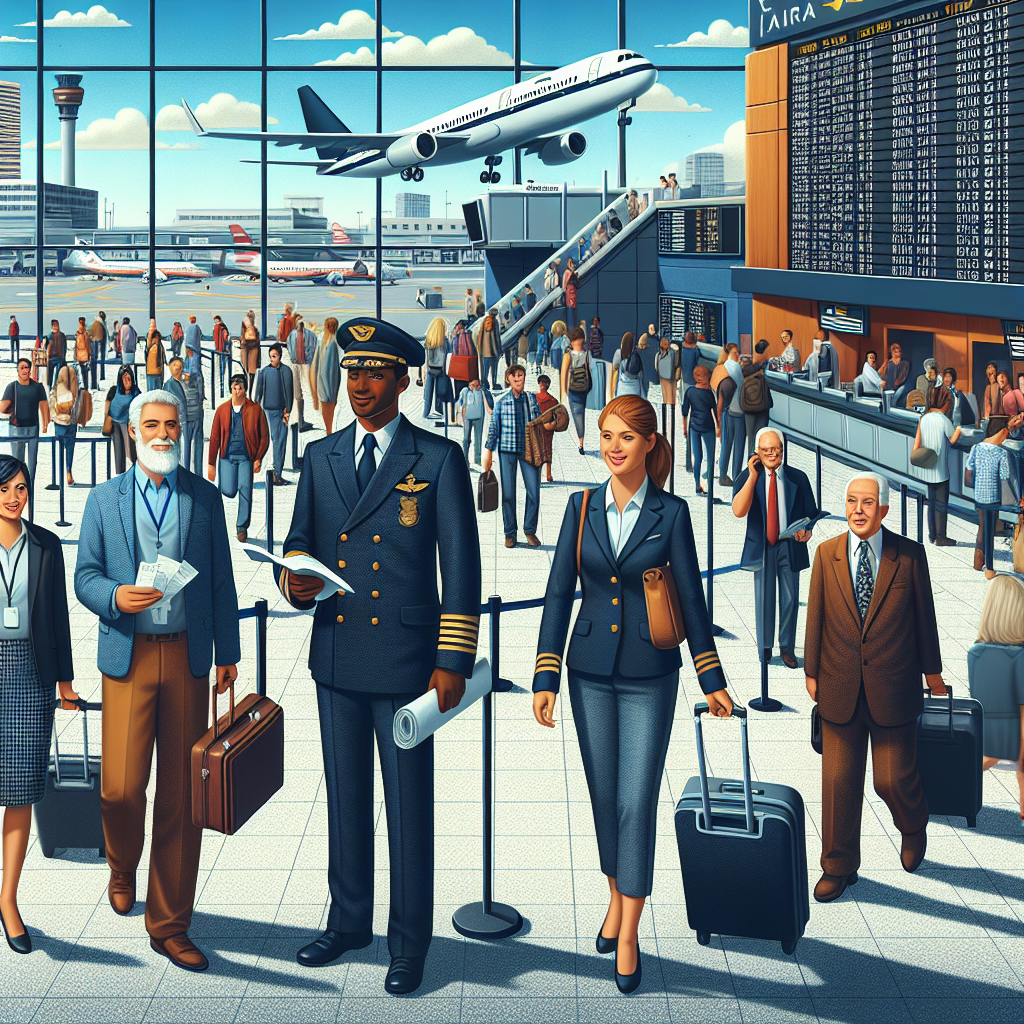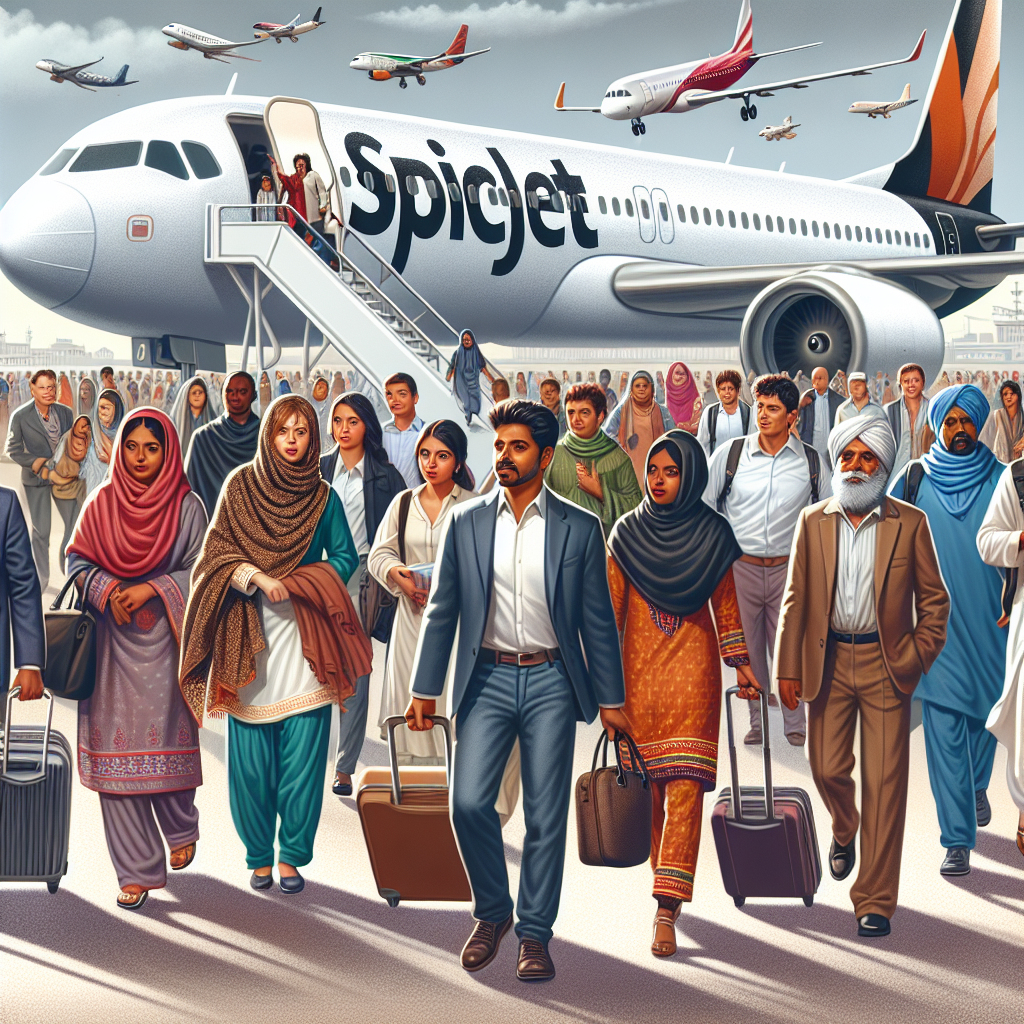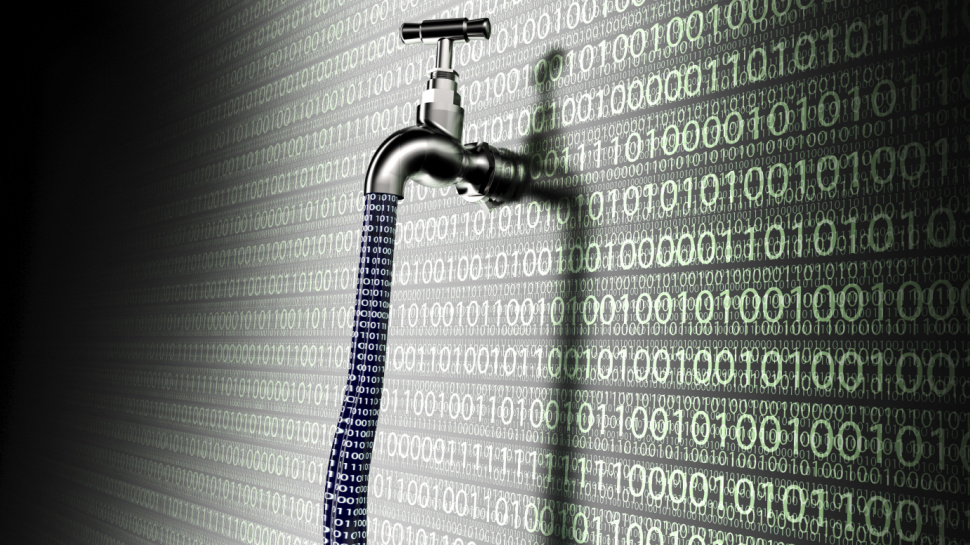While data is showing that the average size of Australian homes are decreasing, something inside our abodes is booming exponentially — internet usage. Stronger internet connections have transformed our lives. Credit: iStock Recent research by nbn has shown that we’re downloading 10 times more than a decade ago, a number already set to double by 2029.
And at present the average home contains 25 internet-connected devices, which is projected to reach 44 by the end of the current decade. It’s easy to think we’ve reached the ceiling when it comes to connectivity and its potential, but we couldn’t be further from the truth, says Associate Professor Wenjing Jia from the School of Electrical and Data Engineering at the University of Technology Sydney. “Demand is the driver of innovation.

And because, for humans, there’s no end to what we want, there’s no ceiling, ever.” Tané Hunter, a data scientist and co-founder of research company Future Crunch, agrees. “We’ve been historically wrong every time we think we’ve reached the pinnacle of connectivity,” he explains.
“For example, landline telephones, they were originally heralded as only a business tool. The internet used to be for academics.” Looking back, it’s amusing to see how advanced we thought we were, when there was so much more to come.
Gaming gets giant For any of us who grew up in the 1980s and ’90s, our experience of gaming was limited to individual hand-held devices, or consoles like Atari and the original Nintendo, with basic graphics and very insular worlds. Then in the early days of the internet, things changed, but it wasn’t overnight. “When it first emerged, online gaming was a test of patience!” Hunter recalls, laughing.
“I remember playing Doom and Quake, and manually entering IP addresses and praying your connection would get through. It felt like the peak of connectivity.” The category of online gaming is now estimated to be worth around US$26 billion.
“Back in the ’80s, if you told someone they could play Elden Ring in full HD on their phone sitting on a beach in Bali they would’ve thought you were some sort of crazy wizard!” says Hunter. As cloud gaming grows in popularity, again demand is pushing household expectations further, requiring between 14 and 24 times more data than standard streaming, and appetite for this world is sure to grow with some of the developments already glimpsed on the horizon. “I think it’s going to be AI-generated — AI that can generate quests dynamically and entire worlds tailored to your actions,” says Hunter.
Brain-controlled gaming could remove the need for handheld controllers entirely, and both virtual and augmented reality are nowhere near their full capacity yet. “We’re just getting started,” he adds. TV and home transformed Currently, the average home contains 25 connected devices.
Credit: iStock Jia paints an all-too-familiar picture of the cosy get-togethers of yesteryear. “I remember in the 1980s when some families had their first colour TV, their family members and even neighbours would gather to view programs.” One little development that followed had us all very excited also.
“When the remote control arrived, we thought, ‘This is it, this is peak’,” adds Hunter. Smart TVs would have something to say about that, and those along with other devices for the home, has meant connectivity has almost snuck up on us. “It’s already in everybody’s life, [things like] smart home devices like Google Nest, smarter lights that you can control from your mobile phone, home security with cameras,” Jia explains.
The research again predicts a rise in the adoption of these and other data-hungry tech, revealing that almost 80 per cent of Australians are keen to add more next-generation tech to their world, whether it’s immersive streaming or using high-definition connected cameras. What office? Flashback just a decade ago and for a huge proportion of working Australians the idea of conducting their role entirely from home would have been dismissed as a pipe dream. Yet living in lockdown had many of us doing precisely that, borne by necessity.
We evolved our work environment, finding innovative ways to pivot, and showing that what was thought impossible was, by and large, surprisingly adaptable. “We are all game players and we are all potentially game changers; every one, every industry,” states Jia. The creation of smart cities will be what takes us to the next level, and connectivity will drive that — to the point where its presence is a given.
“[The future will be] more about smarter and invisible connections, so devices that anticipate our needs, communicate seamlessly and basically connectivity itself becomes ubiquitous and we’ll stop noticing it,” says Hunter. An ever-evolving connected world will require us to filter the information that’s best for us to digest, and know how to keep it under control, but that’s all part of moving forward. “This is a very dynamic era and everything is changing,” says Jia.
“We need to continue to stay open, embrace all the potential, be adaptable and remain curious.” Whatever tomorrow brings in innovation, one thing is for certain: Australia’s broadband network — nbn — is ready to connect you to the future. Do great things on Australia’s network.
Learn more here ..
Technology

Have we reached the point of ‘peak connectivity’? We’re just getting started

It’s easy to think we’ve reached the ceiling when it comes to connectivity and its potential, but we couldn’t be further from the truth.















